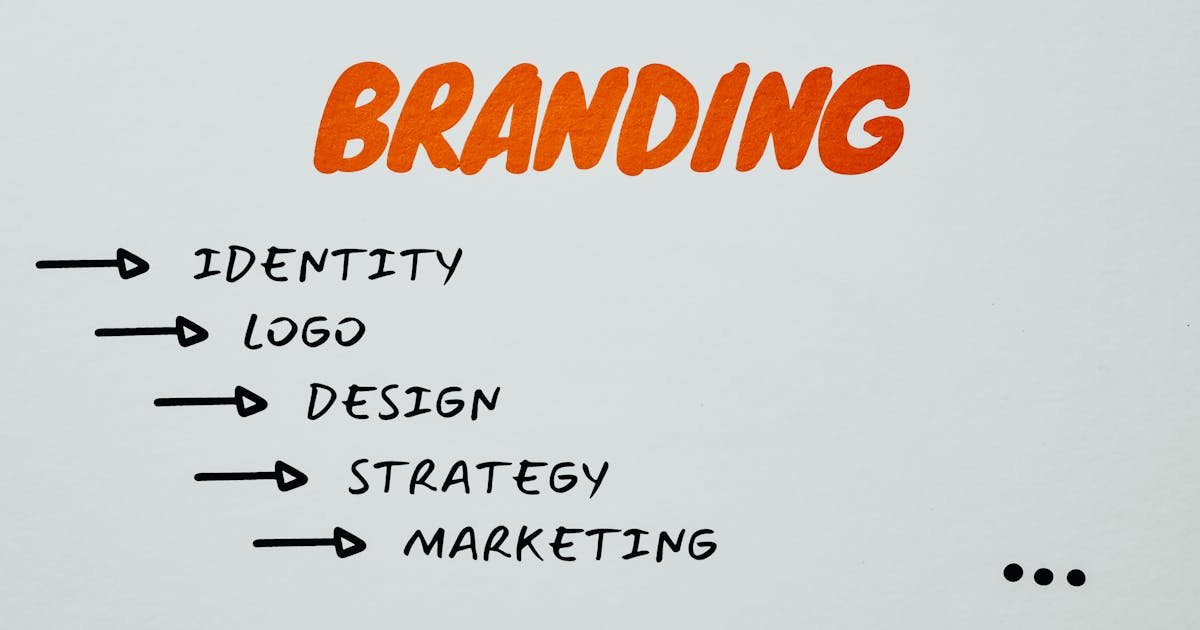How to develop foolproof branding for small businesses
You may not be familiar with the meaning of “branding”, but you have certainly thought about aspects that make up your brand, such as logo and colors, mission and values, and other characteristics that describe the company and differentiate it from competitors. This is all part of the concept and creating foolproof branding can make a difference and ensure that the business prospers.
Branding is more than the brand , and encompasses a series of factors that serve to position a company in the market. Many associate this type of work with global companies like McDonalds, which have colors and images recognized anywhere.
But the truth is that any company, regardless of size or service provided, can benefit from well-done brand management. It is a well-executed branding job that allows the customer to get to know the company better and create identification with its message.
And just as a self-employed professional must improve their personal brand to be remembered, an organization with a clear identity remains in the memory of consumers. Furthermore, branding can be adapted to the size of the business.
McDonalds can invest millions annually in managing its brand, but a small business can adapt its strategies to its own financial reality.
What is branding?
In practice, branding is a set of actions that aim to manage and strengthen a brand. Through specific language and visual elements, the company develops strategies to present who it is to the public, disseminate its name and, consequently, services or products on the market.
It’s a way of giving personality to the company, which allows it to connect more easily with the public. This way, when they need a product or service, they will remember the company whose values and image they identified with.
Characteristics of branding
Branding combines visual issues related to the brand with institutional factors. In the visual aspect, it includes issues such as the logo and brand manual. Within institutional aspects, it addresses mission and values. Let’s see these points in detail:
Visual characteristics
When creating a company, one of the first things to be defined is the logo. It must convey a clear visual image of what the organization is, but may have some variations to adapt to different materials.
When developing the logo, a brand manual is usually also developed, which indicates how it will be applied. It must contain the colors that can be used and the application variations in the logo, in addition to the font used in the text and the different formats used for vertical and horizontal application.
An example of this is the image for social networks. Depending on the size of the logo, it is not possible to just replicate it in the profile image, it is necessary to make an adaptation, without losing the characteristics of the design.
Institutional characteristics
Here is how the company presents itself to its audience beyond the visual part, but indicating who it is. This includes the company’s mission and values, which should be the guide when developing branding strategies.
Additionally, it also indicates a tone of voice. A children’s toy company, for example, will have a different language than a banking institution, as it deals with different audiences and desires.
Branding strategies for small businesses
For small businesses, budget and staff may be limited, so strategies must be accurate and well planned.
Still, there are free tools like Canva and CapCut that can help you develop these materials and make it easier to strengthen your brands. Check out how to develop foolproof branding below:
Define your target audience
Before working on the visual aspect and identity of the brand, you need to know who it will impact. Understanding the age group, gender, social class and desires of the target audience is crucial to developing an appropriate strategy for this group.
Choose the right communication channels
It is not necessary to be on all social networks , but a digital presence is important. By understanding who the target audience is, it is easier to know which networks they are present on or through which channels they are most willing to buy. Use this as a reference to define appropriate networks.
Apply visual identity on social media
After defining the logo, tone of voice and colors that make up the visual aspect of the brand, apply this to digital and physical channels wherever you are. Colors can be used on business cards and, on Instagram, be present in publications.
Tell your story
A powerful way to create a connection with consumers is through storytelling . This allows the company to share its journey with customers and show, in practice, how it acts in accordance with its values.
Therefore, whether through video, images or other forms of media, be sure to share how the company got to where it is and what its goals are.
With these tips for infallible branding , the company strengthens its image and makes it clear to the public who it is, allowing it to go beyond just promoting products or services, and creating a real connection with people.




